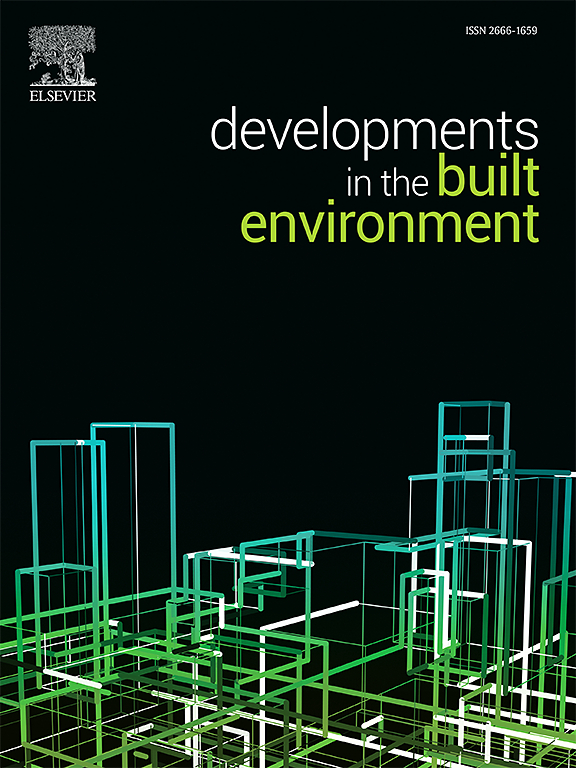Compatibility analysis of FRP-strengthened exterior RC beam-column joints: An advanced analytical model
IF 6.2
2区 工程技术
Q1 CONSTRUCTION & BUILDING TECHNOLOGY
引用次数: 0
Abstract
Exterior reinforced concrete (RC) beam-column joints are critical components that endure complex stress states during seismic events, often requiring retrofitting due to their vulnerability to shear failure and rebar slippage. However, the complex behavior of these joints has led to significant simplifications in design codes, often neglecting crucial issues such as interactions of rebars, FRP, and concrete, considering rebars' extensions and slippages, FRP sheets' elongations, and other effective parameters such as confinement degree of the joint, FRP stress distribution, and the rebars-to-concrete bond degradations due to cyclic loading. This study addresses these limitations by developing an innovative analytical model for fiber-reinforced polymer (FRP) strengthened exterior RC beam-column joints. The proposed model introduces new compatibility conditions and formulations that comprehensively consider the intricate interactions between externally applied FRP sheets, internal reinforcing bars, and concrete surface deformations. Previous research overlooked these key aspects, leading to difficulty in accurately predicting joint deformations. The proposed model is then simplified for practical applications. To assess the proposed model's accuracy, a comprehensive database is compiled from previous studies, followed by a critical comparison between experiments and the model's estimations and comparisons with established codes for FRP strengthening. The proposed model estimates the joints' shear resistance effectively, with a mean value (MV) of 0.94 and a coefficient of variation (COV) of 12%, surpassing existing codes, which have MV values of 0.26–0.72 and COV values of 83%–148%, respectively.
frp加固外部RC梁柱节点的相容性分析:一种先进的分析模型
外部钢筋混凝土(RC)梁柱节点是在地震事件中承受复杂应力状态的关键部件,由于其易受剪切破坏和钢筋滑移的影响,通常需要进行改造。然而,这些节点的复杂行为导致了设计规范的显著简化,往往忽略了关键问题,如钢筋、FRP和混凝土的相互作用,考虑了钢筋的拉伸和滑移、FRP片材的拉伸和其他有效参数,如节点的约束程度、FRP应力分布和循环加载导致的钢筋-混凝土粘结退化。本研究通过开发一种创新的纤维增强聚合物(FRP)增强外部RC梁柱节点的分析模型来解决这些局限性。提出的模型引入了新的相容性条件和公式,全面考虑了外部FRP片材、内部钢筋和混凝土表面变形之间复杂的相互作用。以往的研究忽略了这些关键方面,导致难以准确预测关节变形。然后对所提出的模型进行了简化,以便于实际应用。为了评估提出的模型的准确性,从以前的研究中编制了一个综合数据库,然后将实验与模型的估计进行了关键比较,并与已建立的FRP加固规范进行了比较。该模型对节理抗剪性能的均值(MV)为0.94,变异系数(COV)为12%,优于现有规范的MV值为0.26 ~ 0.72,COV值为83% ~ 148%。
本文章由计算机程序翻译,如有差异,请以英文原文为准。
求助全文
约1分钟内获得全文
求助全文
来源期刊

Developments in the Built Environment
Multiple-
CiteScore
7.40
自引率
1.20%
发文量
31
审稿时长
22 days
期刊介绍:
Developments in the Built Environment (DIBE) is a recently established peer-reviewed gold open access journal, ensuring that all accepted articles are permanently and freely accessible. Focused on civil engineering and the built environment, DIBE publishes original papers and short communications. Encompassing topics such as construction materials and building sustainability, the journal adopts a holistic approach with the aim of benefiting the community.
 求助内容:
求助内容: 应助结果提醒方式:
应助结果提醒方式:


